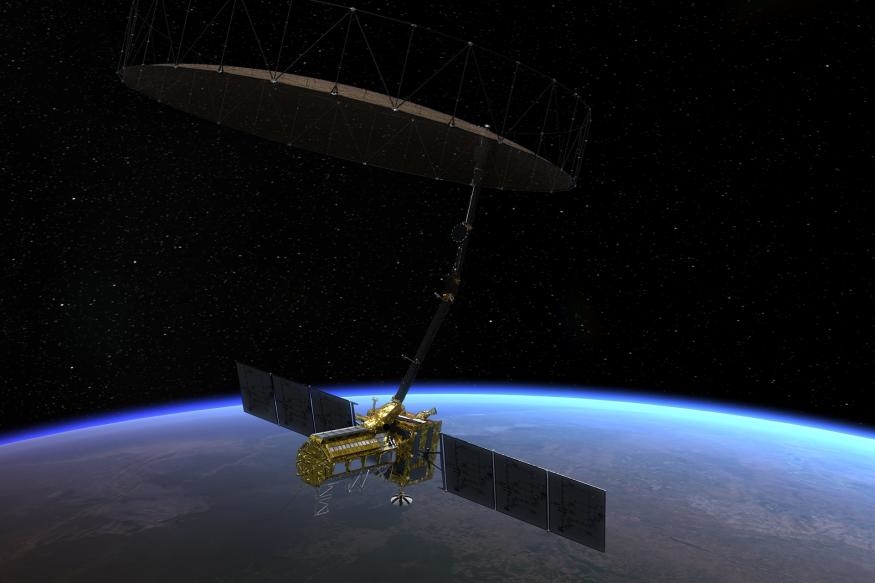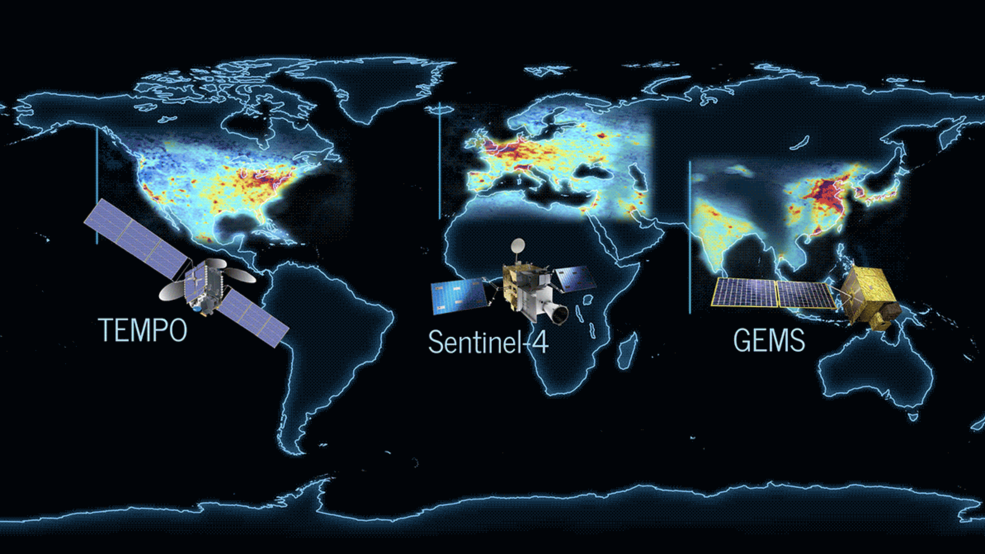NASA satellite will use radar to map Earth’s crust in extreme detail
Scientists will soon have a spaceborne tool to study environmental changes at a very high resolution, and you won’t have long to wait to learn more about it. NASA’s Jet Propulsion Laboratory is holding a question and answer session today (February 3rd) at 5PM Eastern to discuss NISAR (NASA-ISRO SAR), an Earth-mapping satellite built in tandem with the Indian Space Research Organization. It’s not launching from India until early 2024 and is planned to operate for three years, but it includes breakthrough tech that could help understand Earth and cope with natural disasters.
NISAR is the first radar imaging satellite to use dual frequencies (the L and S microwave bands). This will let it systematically map the Earth’s crust at an exceptional level of detail — it can detect changes under 1cm (0.4in) across. That will let NISAR observe even subtle nuances of earthquakes, tsunamis and other disasters. It will also help monitor long-term processes, including the crust’s evolution, ecosystem disruptions and ice sheet collapses.
See NISAR in @NASAJPL‘s clean room today at 5pm ET (2200 UTC). Set to launch from India in 2024, it will measure the movement of Earth’s surfaces to provide info on trends that affect global challenges like food security. https://t.co/6Hi8AyIQ1D
— NASA (@NASA) February 3, 2023
Access to data will also play an important role. NISAR offers worldwide coverage every 12 days, making time-based imagery more practical. The mission team hopes to make data readily available to the public in one to two days, but can deliver that data within hours in an emergency. Anyone willing to parse the information can make use of it.

With an estimated $1.5 billion price, NISAR is expected to be the most expensive Earth imaging satellite to date. The investment may be worthwhile, though. The satellite’s data could help governments react to and prepare for natural disasters, and improve humanity’s understandings of climate change and threats to food security.

(17)
